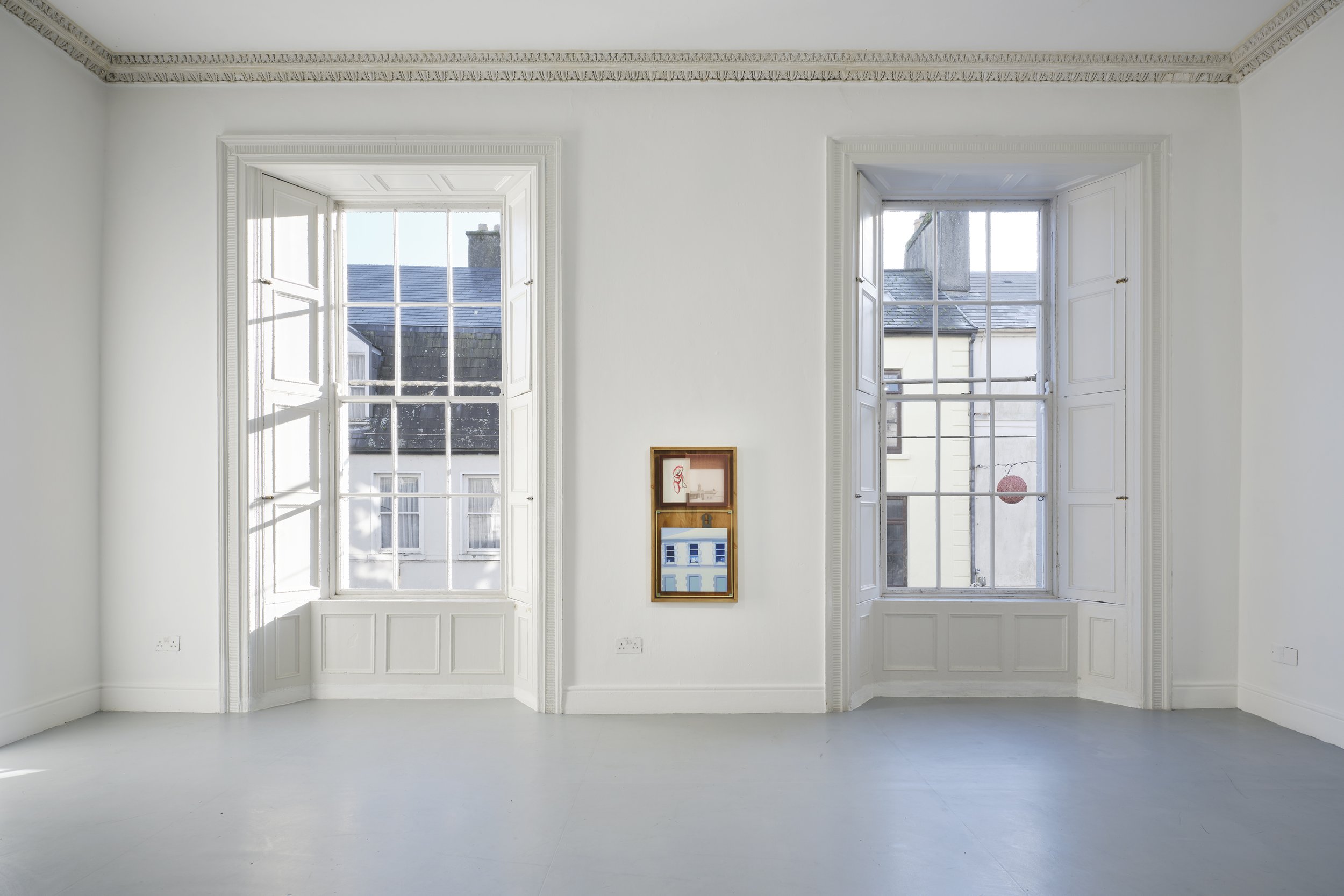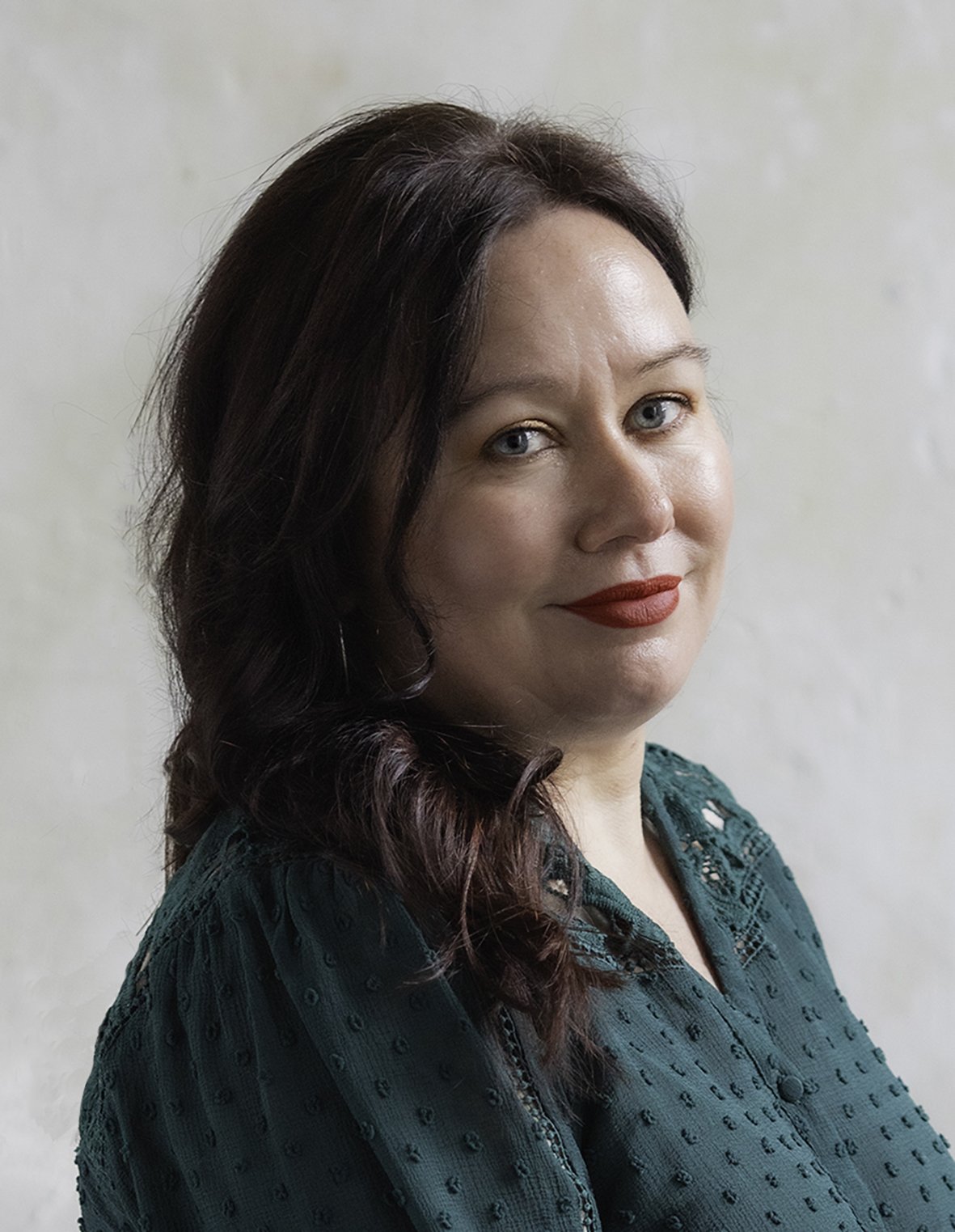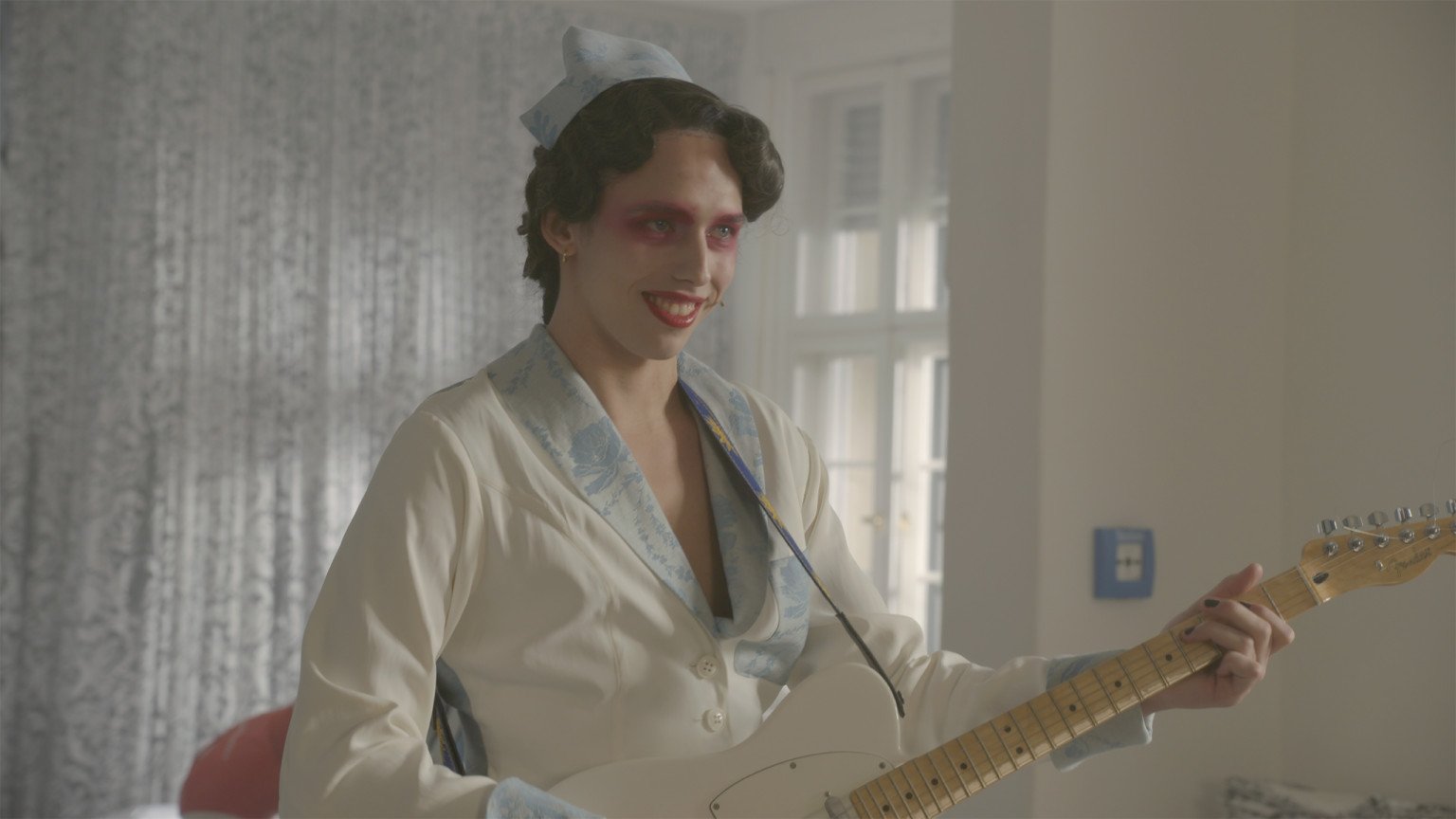TULCA Volunteer Programme | 1-17 November 2024
TULCA Festival of Visual Arts is now accepting applications for its 2024 Volunteer Programme.
TULCA is a multi-venue, artist-centred festival of contemporary art that works with Irish curators to present innovative exhibitions that provoke and energise audiences into the world of the visual arts. This years TULCA programme is curated by Michele Horrigan and is titled; The Salvage Agency. The festival will run from 1 - 17 November 2024 across multiple galleries in Galway city and county.
TULCA Volunteer Programme
Every year our volunteers form a core part of our team. Participating in the TULCA Volunteer Programme gives you first-hand working experience of the time,energy and ambition that goes into the production and running of a contemporary visual art festival. We seek to provide an enriching, educational, and uplifting time for all of our volunteers.
Tasks Include:
Invigilation of TULCA Festival art galleries
Assisting with the delivery of programme events
Supporting education tours and workshops
Benefits: Participating in TULCA Festival gives you hands-on experience of the time, energy, drive and ambition that goes into the production and running of a contemporary visual art festival. TULCA Festival values those that volunteer with us as most of the TULCA team started out as volunteers. We seek to provide an enriching, educational, and uplifting time for all of our volunteers.
Gallery Assistant Duties: Art Gallery invigilation, ensuring the safety and security of artworks on display, providing a warm and welcoming environment for our visitors, point of contact for gallery visitors, ensure audience are adhering to latest HSE safety guidelines.
Live Event Duties: Event venue invigilation, assist production team with delivery of event, providing a warm and welcoming environment for our visitors, point of contact for event visitors, ensure audience are adhering to latest HSE safety guidelines.
Educational Duties: Represent TULCA, meet and greet, support/assist with art gallery tours, usher groups between venues, support/assist workshop facilitators, supervision support, ensure groups are adhering to latest HSE safety guidelines.
COVID-19 Safety Measures: The safety of our volunteers and audiences are our top priority. We plan to keep a safe environment by strictly adhering to HSE safety guidance as they pertain to venues and indoor gatherings.
Join our Volunteer Team!
Passionate about visual arts? Join the TULCA Volunteer Programme and become part of our vibrant team! As a volunteer you have the opportunity to go behind the scenes, gain hands-on experience in the fast-paced world of a contemporary visual art festival, and connect with artists and industry professionals. Whether you're looking to learn, grow, or just be inspired, TULCA Festival of Visual Arts is the place for you!
We ask volunteers to commit to at least 2 shifts over the festival run. If there is a particular area of interest you would like to work in, TULCA will do our best to accommodate!
We ask volunteers to commit to at least 2 shifts over the festival run. If there is a particular area of interest you would like to work in, TULCA will do our best to accommodate!
Join our Volunteer Team!
volunteer@tulca.ie
www.tulca.ie/volunteer
Full festival programme and a commissioned publication will be announced in early October.
TULCA Festival of Visual Arts
The Salvage Agency
Curated by Michele Horrigan
1-17 November 2024
Galway, Ireland
www.tulca.ie
Video: Soft Day Media














